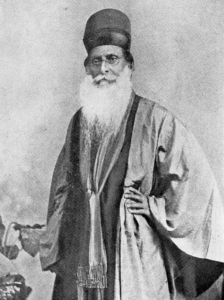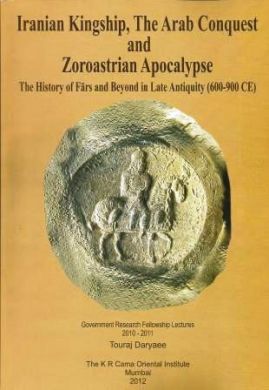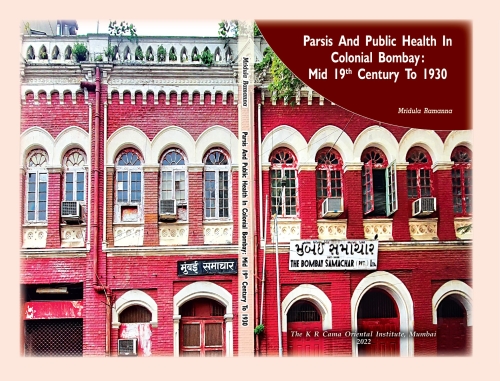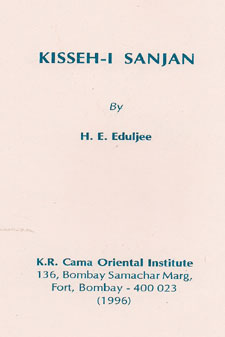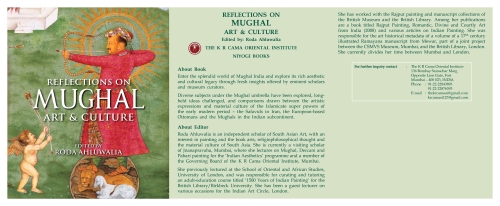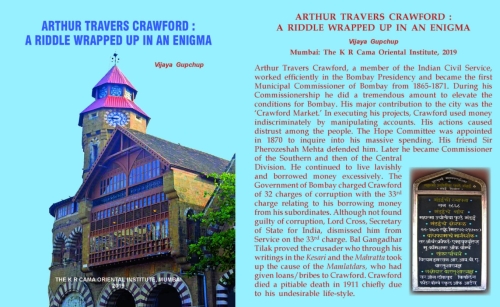Description
Dr Tooraj Daryaee visited the K R Cama Oriental Institute to deliver a series of three talks under the Government Research Fellowship Lectures in August 2010. This book consists of the contents of these lectures
The King is Dead! Long Live Many Kings and Queens: The Sasanian Empire in Chaos
This talk covered the late Sasanian Empire from the death of Khusro Parwez in 628 CE to the Arab Muslim incursions into Iranshar into Fars in 634 CE. The talk discusses the chaos that followed Khusro II’s death and will provide a picture of the end of the Sasanian Empire and how it collapsed. The last two decades of Sasanian rule were divided into three periods: I) Fratricide and the Waning of Monarchic Legitimacy (628-630 CE) which begins with Kawad II’s rule and his son, Ardashir III; II) Factionalism and Division (630-632 CE) which is the time of a number of monarchs and queens, sometimes ruling at the same time: Burān / Arzarmidokht / Khusro III / Khusro IV / Peroz (630-632 C.E.): and III) Wandering Kingship (632-651 CE) which coincides with the reign of Yazdgerd III and the Arab Muslim conquest of Iran.
War, Blood and Conquest: The Arab Muslim Takeover of Fars.
This lecture focused on the numismatic evidence for study of the conquest of Fars, its date and the gradual processes by which the province fell to the Arab Muslims. It showed the cities of Fars could not withstand the Muslim forces which revolted time after time. It was shown that what the Islamic texts report in terms of the dates of the conquest contradict the numismatic evidence and this suggests that it took far longer for the Arab Muslims to conquer Fars and the entire Sasanian Empire.
Iranian Resistance and Remembrance: Zoroastrian Apocalypse as History
This lecture was concerned with the conflict and political disorder of the Islamic conquest of Iran and the accommodations which were eventually made between the conquerors and the conquered. The function of the local independent lords, as well as other contenders for control of the province, such as Arab Muslim rebels and various religious groups, was discussed. Finally, the lecture attempted to view how the Zoroastrian inhabitants of Fars viewed their predicament in the face of political defeat and accommodation. This was done by looking at Zoroastrian apocalyptic literature which provides communal views of the political developments of the eighth and ninth centuries C.E. These texts also historicize the last attempt by the family of Sasan to take back the Sasanian Empire from the Arab Muslim conquerors.
Dr. Touraj Daryaee was born in Tehran in 1967. He received his Ph.D. in History from the University of Califirnia, Los Angeles. He is currently the Howard C. Baskerville Professor in the History of Iran and the Persianate World and the Associate Director of the Dr. Samuel M. Jordan Center for Persian Studies & Culture at the University of California, Irvine.
Dr. Daryaee’s research has focused on ancient and early medieval history of Iran, specifically the Sasanian Empire. He has worked on Middle Persian literature, editing and translating several texts with commentary on geography, dinner speech, chess and backgammon. He is also interested in the history of Zoroastrianism in Late Antiquity and its encounter with Islam. He is the editor of the Name-ye Iran-e Bastan: The International Journal of Ancient Iranian Studies as well as the director of Sasanika: Late Antique Near East Project.
His latest books include Sasanian Iran: Portrait of a Late Antique Empire, Mazda Publishers, 2008; with I. Afshar, Scholars & Humanists, Iranian Studies in Henning and Taqizadeh Correspondence 1937-1966, Mazda, 2009; Sasanian Persia: The Rise and Fall of an Empire, IB Tauris, London, 2009; and the The Oxford History of Iran ed. T. Daryaee, Oxford University Press, 2012.

